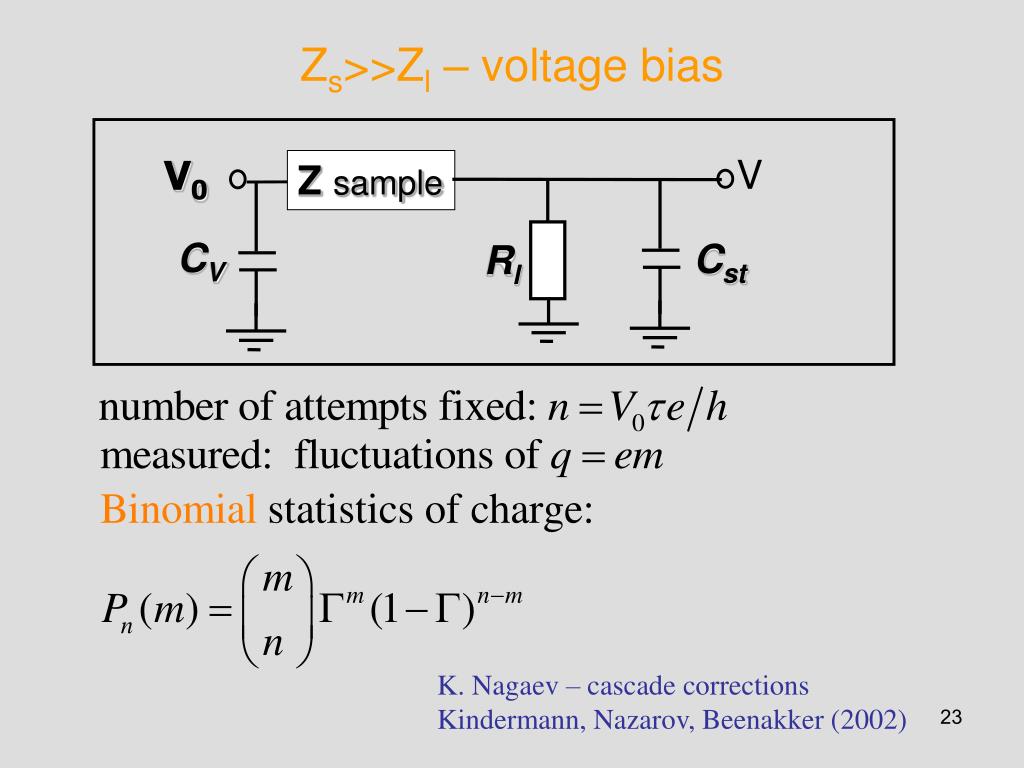

To describe quantum dynamics of an open system, the quantum information theory introduces the so-called quantum channel (QC) defined as a trace-preserving completely positive map,, of a density matrix 6. In this communication we show how the results of QIT apply to physical quantum systems and phenomena establishing thus non-diminishing von Neumann’s entropy in physics and formulate the conditions under which the evolution accompanied by non-diminishing entropy arises within pure quantum mechanical framework. At the same time there have been a remarkable progress in quantum information theory (QIT), which formulated several rigorous mathematical theorems about the conditions for a non-negative entropy gain 6, 7.

As this proof yet invoked concepts going beyond pure quantum mechanical treatment, the nonstop tireless search for the quantum mechanical foundation of the H-theorem have been continuing ever since, see ref. He defined entropy through quantum mechanical density matrix as, and offered a proof of non-decreasing entropy resting on the final procedure of macroscopic measurement. Striving to bypass molecular chaos hypothesis, unjustified within the classical mechanics, John von Neumann proposed 4 pure quantum mechanical origin of the entropy growth. Boltzmann’s kinetic equation rests on the molecular chaos hypothesis which assumes that velocities of colliding particles are uncorrelated and independent of position. The H-theorem states that if f( x v τ) is the distribution density of molecules of the ideal gas at the time τ, position x and velocity v, which satisfies the kinetic equation, then entropy defined as is non-diminishing, i.e. At last, some prospects in the problem of quantum irreversibility are discussed.In the 1870-s, Ludwig Boltzmann published his celebrated kinetic equation and the H-theorem 1, 2 that gave the statistical foundation of the second law of thermodynamics 3. Besides, we draw attention to the fact that the Heisenberg’s uncertainty relation does not always mean the restriction is usually the product of the average values of commuting variables. In spite of previous opinion we conclude that in the equilibrium environment is not necessary to postulate the processes with collapses of wave functions. Quantum diffusion of a single particle is consid-ered and possible ways of the permission of the Schrödinger’s cat paradox and the role of an external world for the phenomena with quantum irreversibility are discussed. Here we consider quantum systems without inverse influ-ence on a surrounding background with high temperature.

Using method of comparison of the Lind-blad’s equation with the linear Langevin equation we receive a system of differential equations, which are more general, than the Caldeira-Leggett equation. Deep analogy between the classical Markov processes and development described by the Lindblad’s equation is conducted. By new method is received the Lindblad’s equation and its physical essence is explained. Further we pass to studying of the irreversibility phenomena in quantum problems. Using one thin inequality, the behavior of relative entropy in the classical case is considered. Some characteristics of the Markov chains are specified and the important property of monotonicity of a probability is formulated. Uncertainty Relation, Collapse of Wave Function, Effect of SokolovĪBSTRACT: Review of the irreversibility problem in modern physics with new researches is given. Markov Chains, Irreversibility in Classical and Quantum Mechanics, Lindblad Equation, Caldeira-Leggett Equation, Quantum Diffusion, Schrödinger’s Cat Paradox, Heisenberg’s 528, 2001.Įntropy and Irreversibility in Classical and Quantum Mechanics Lesovik, “Reservoir as source of quantum mechanical probability”, Letter in JETP, vol.


 0 kommentar(er)
0 kommentar(er)
